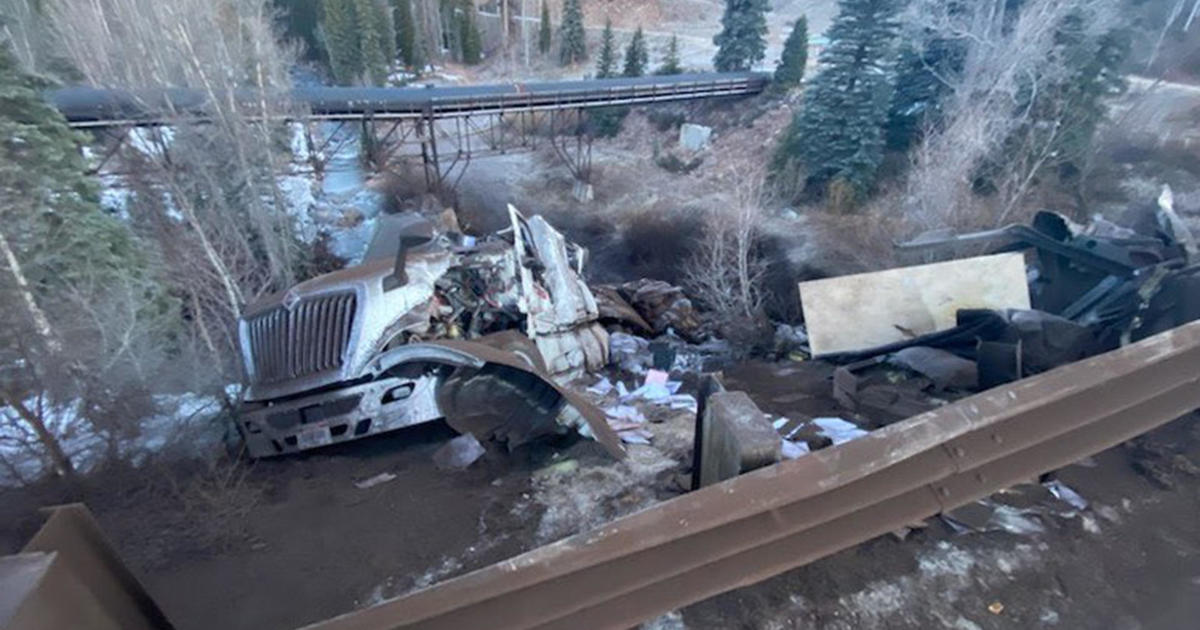Military's Cheyenne Mountain Bunker Gets A Facelift
COLORADO SPRINGS, Colo. (AP) - A Cold War-era bunker deep inside a Colorado mountain has lost its most famous tenant, the North American Aerospace Defense Command's command center, but it's still home to some key national defense units.
One of the units remaining inside Cheyenne Mountain in Colorado Springs, the Missile Warning Center, just got a $2.9 million renovation.
The underground complex is still a "critical command and control hub for our nation and the world," Air Force Col. Joseph Turk said Thursday.
"We'd like to consider ourselves the home for no-fail missions," said Turk, who is the Cheyenne Mountain installation commander and head of the 721st Mission Support Group.
The complex, called Cheyenne Mountain Air Station, was excavated in the 1960s to withstand attack by the Soviet Union.
It is best known as the former command center for NORAD, which defends the U.S. and Canadian skies. Between 2006 and 2008, NORAD moved its primary command center to nearby Peterson Air Force Base, citing cheaper operating costs and a reduced threat of attack.
NORAD's command center in Cheyenne Mountain remains on standby as a backup.
The underground complex is about a mile inside the mountain and has a total of more than 222,000 square feet of space, Turk said. The air station includes another 570 acres, or just under a square mile, outside the mountain.
On any given day, as many as 800 people are working in the mountain, Turk said.
The Missile Warning Center watches for missile launches, nuclear detonations and objects entering the atmosphere from space.
The renovations included upgraded computer displays, ergonomic work stations to make crews more comfortable during 12-hour shifts and even a refrigerator and sink in the break room.
One of the big improvements was a new "knowledge wall," consisting of big-screen video displays so everyone in the center could see the same information at the same time, Turk said.
The center operates 24 hours a day, so a temporary operations center had to be set up while renovations were under way.
By DAN ELLIOTT, Associated Press
(Copyright 2011 by The Associated Press. All Rights Reserved.)




